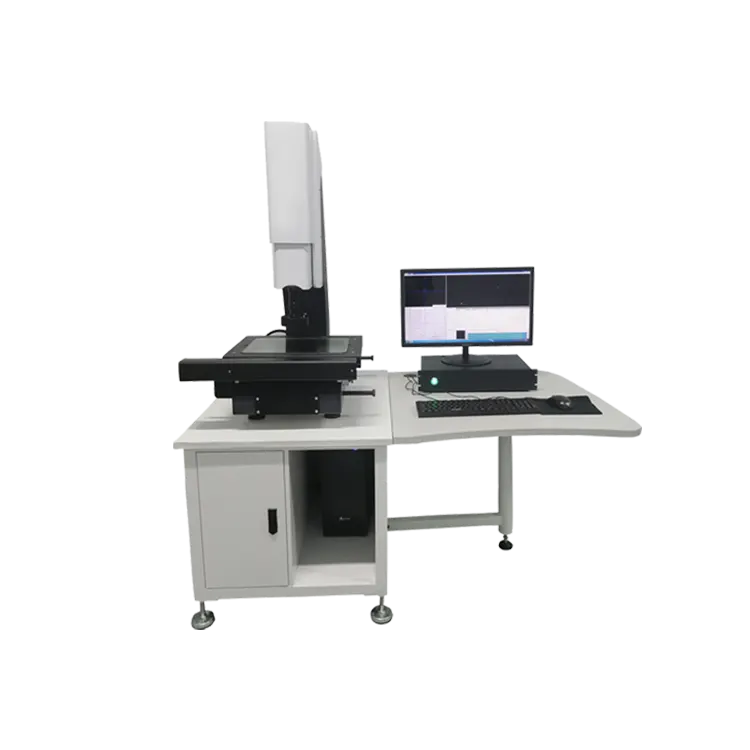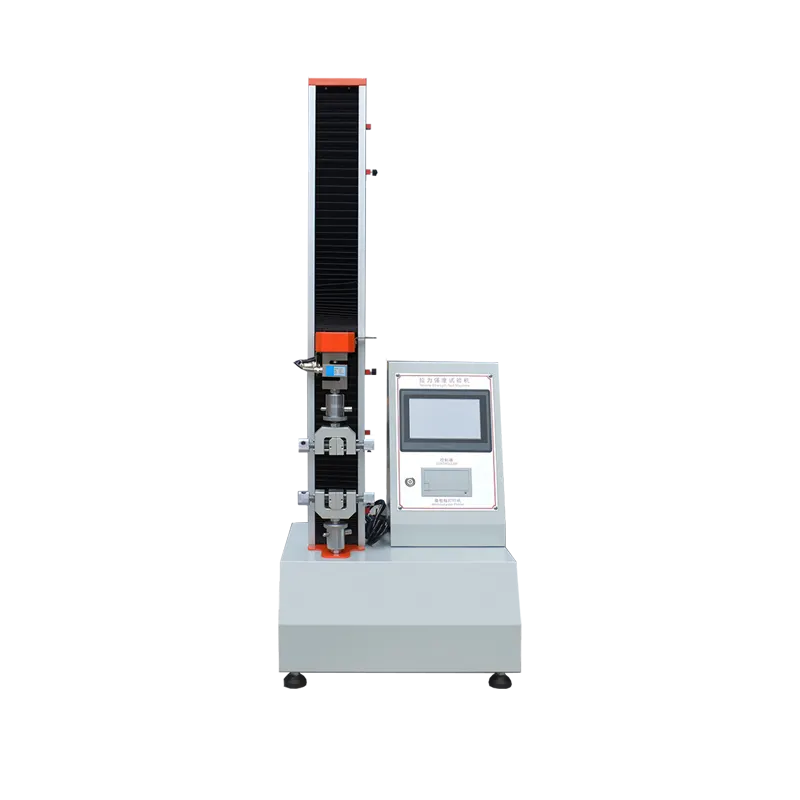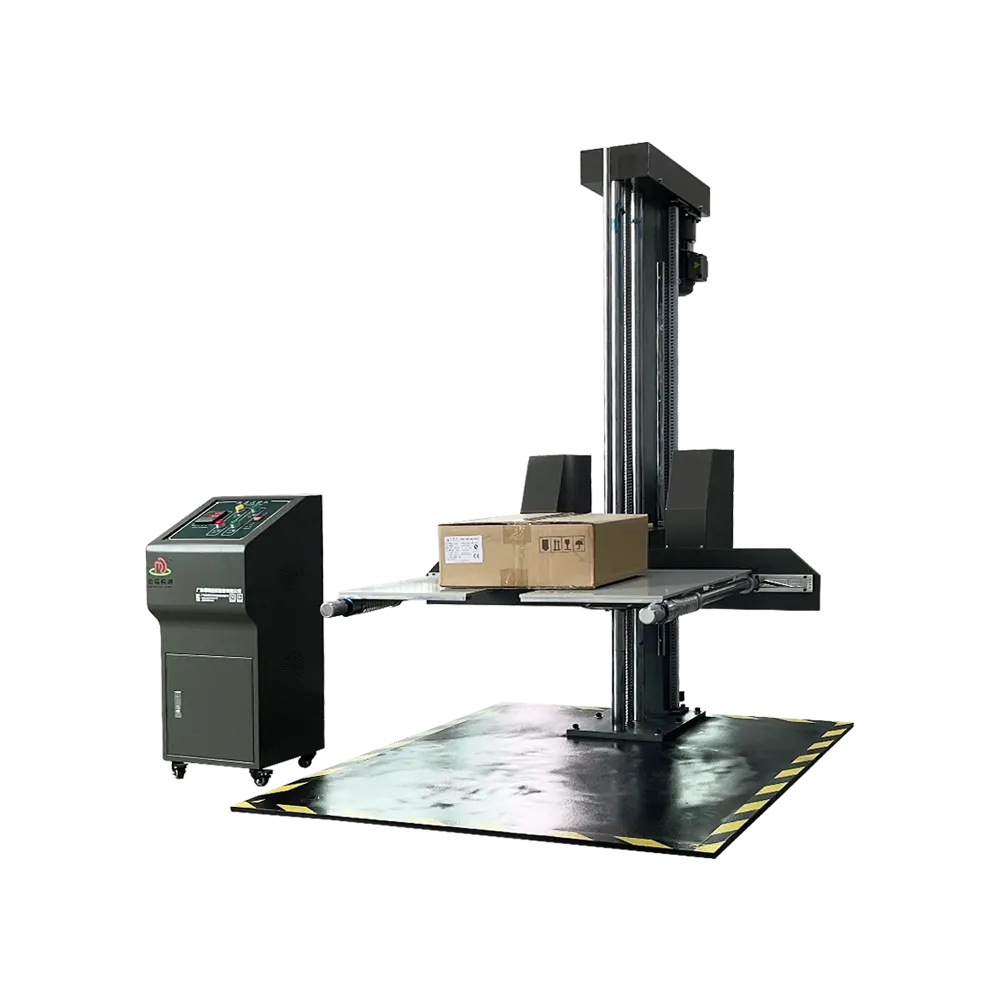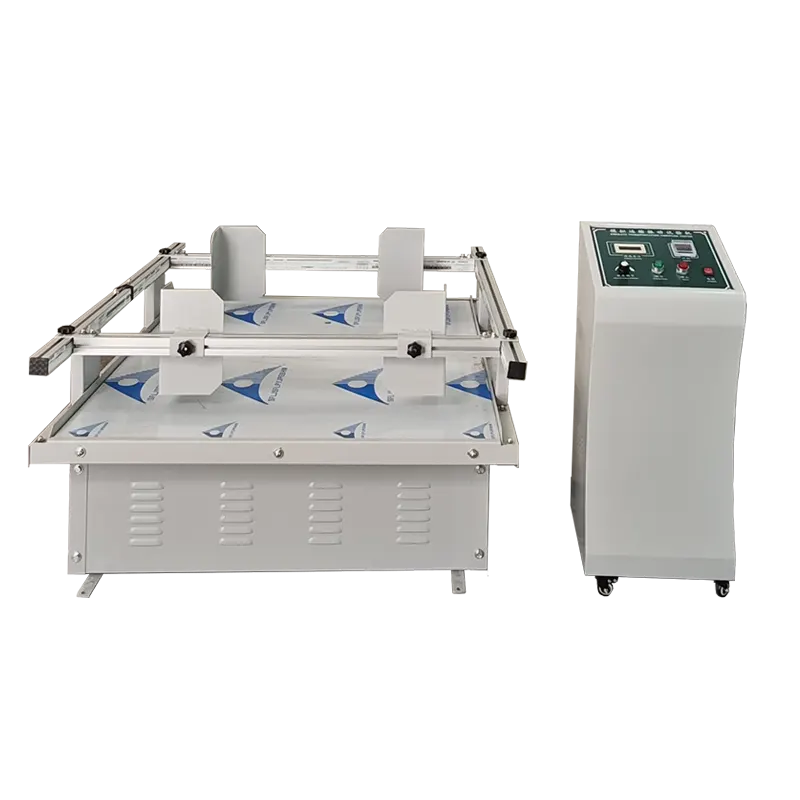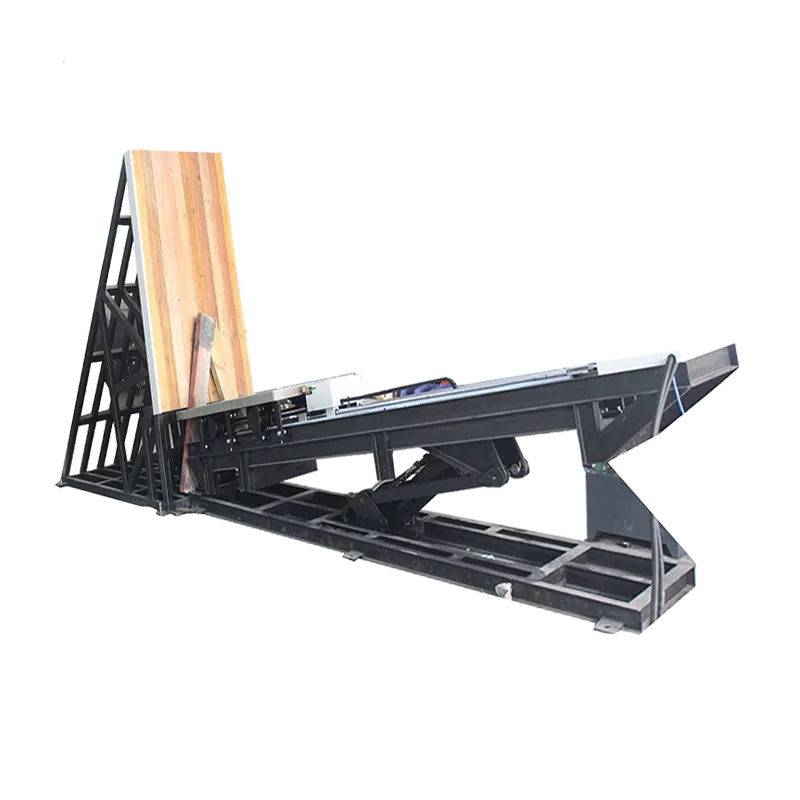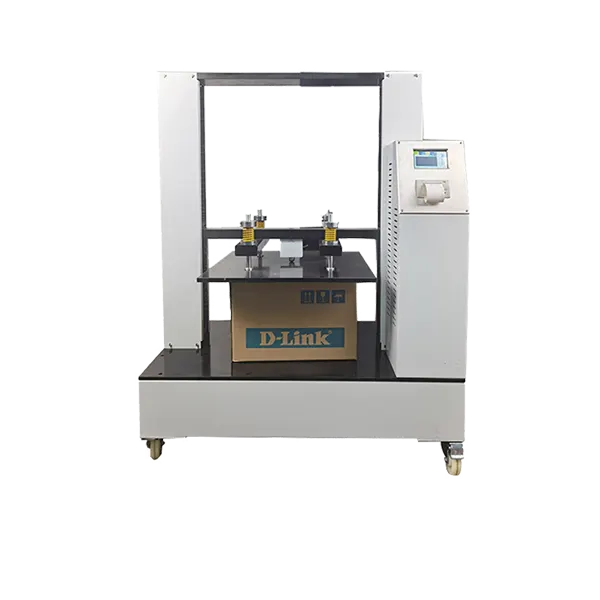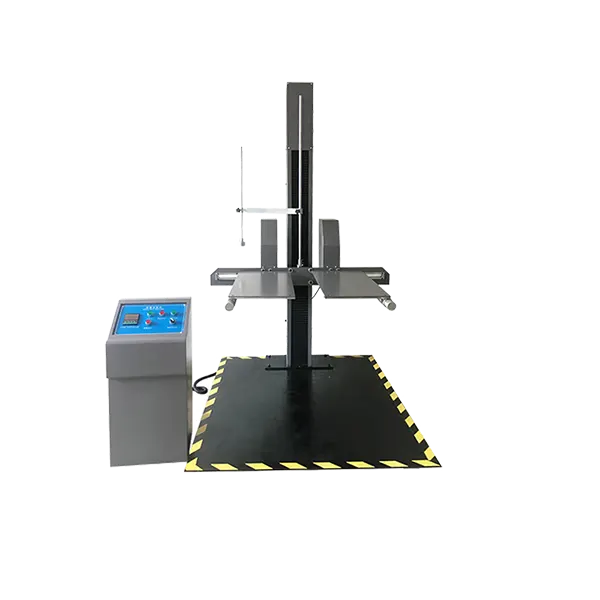Importance of Environmental Testing
Environmental testing is a critical process in product development, quality assurance, and regulatory compliance. It ensures that products can withstand real-world conditions, maintain performance, and ensure safety over their lifecycle. Below are the key reasons why environmental testing is essential:
1. Ensures Product Reliability & Durability
- Simulates Real-World Conditions: Products are exposed to temperature extremes, humidity, vibration, shock, and other environmental factors to verify their performance under stress.
- Prevents Failures in the Field: Identifies weaknesses before mass production, reducing warranty claims and customer dissatisfaction.
- Extends Product Lifespan: Ensures materials and components can endure long-term exposure to harsh environments.
Example:
- A smartphone tested for high humidity prevents screen malfunctions in tropical climates.
- An automotive component tested for extreme cold ensures engine performance in winter.
2. Compliance with Industry Standards & Regulations
- Mandatory for Certification: Many industries (e.g., aerospace, medical, automotive) require environmental testing for regulatory approval (e.g., ISO, IEC, MIL-STD, MIL-PRF).
- Safety & Liability Protection: Ensures products meet safety standards, reducing legal risks.
- Global Market Access: Different regions have specific environmental requirements (e.g., IP ratings for water resistance, automotive standards like ISO 16750).
Example:
- Medical devices must pass IEC 60601 for electrical safety and temperature resistance.
- Aerospace components must meet MIL-STD-810 for vibration and altitude testing.
3. Reduces Costs & Minimizes Risks
- Early Detection of Defects: Identifies design flaws before mass production, saving costly recalls.
- Optimizes Material Selection: Helps choose the best materials for durability and cost-efficiency.
- Reduces Warranty Claims: Reliable products lead to fewer returns and customer complaints.
Example:
- A smartphone manufacturer tests foldable screens for temperature cycling to prevent cracking in extreme climates.
- An electronics company tests PCBs for humidity to avoid corrosion failures.
4. Enhances Customer Satisfaction & Brand Reputation
- Builds Trust: Customers expect products to work reliably in their environment (e.g., smartphones in humid climates, cars in freezing winters).
- Reduces Returns & Complaints: Well-tested products fail less often, improving customer satisfaction.
- Competitive Advantage: Companies that prioritize environmental testing stand out in quality-focused markets.
Example:
- A premium laptop brand tests for thermal stability to prevent overheating during heavy use.
- A sports equipment company tests for impact resistance to ensure safety in extreme conditions.
5. Supports Innovation & New Product Development
- Accelerates R&D: Environmental testing helps engineers refine designs before full-scale production.
- Enables New Materials & Technologies: Tests how new materials (e.g., graphene, flexible displays) perform under stress.
- Ensures Compatibility with Emerging Technologies: Validates products for use in extreme environments (e.g., space, deep-sea, high-altitude).
Example:
- Foldable phone manufacturers test screen flexibility and durability under repeated bending and temperature changes.
- Electric vehicle batteries are tested for thermal stability in extreme heat and cold.
6. Critical for Safety-Critical Applications
- Medical Devices: Must function reliably in sterilization, temperature variations, and humidity (e.g., pacemakers, ventilators).
- Aerospace & Defense: Components must withstand extreme vibrations, altitude, and temperature swings.
- Automotive Safety Systems: Airbags, ABS, and sensors must function correctly in all weather conditions.
Example:
- A pacemaker must pass IEC 60601 for temperature and humidity resistance to ensure patient safety.
- An aircraft engine component must endure MIL-STD-810G for vibration and altitude testing.
7. Helps in Supply Chain & Manufacturing Optimization
- Ensures Consistent Quality: Verifies that suppliers meet environmental durability standards.
- Reduces Production Failures: Identifies weak points in manufacturing processes.
- Improves Logistics & Storage: Tests how products withstand shipping conditions (e.g., vibration, temperature fluctuations).
Example:
- A smartphone manufacturer tests screens for thermal shock to prevent cracks during shipping.
- An electronics company tests PCBs for moisture resistance to avoid failures in humid warehouses.
8. Supports Sustainability & Long-Term Performance
- Reduces Electronic Waste: Durable products last longer, reducing landfill waste.
- Ensures Energy Efficiency: Tests how products perform under varying temperatures (e.g., HVAC systems, batteries).
- Promotes Circular Economy: Products designed for longevity support recycling and reuse.
Example:
- A solar panel manufacturer tests for UV and temperature resistance to ensure long-term efficiency.
- An electric vehicle battery is tested for thermal stability to extend lifespan and reduce replacement needs.
Conclusion
Environmental testing is not just a compliance requirement—it is a strategic investment in product reliability, safety, and customer satisfaction. By simulating real-world conditions, companies can:
✅ Prevent costly failures
✅ Ensure regulatory compliance
✅ Enhance brand reputation
✅ Support innovation
✅ Improve sustainability
For industries like electronics, automotive, aerospace, medical devices, and consumer goods, environmental testing is essential for success in today’s competitive market.
Would you like a deeper dive into specific testing methods (e.g., HALT, HASS, salt spray, thermal cycling)? Let me know how I can help further refine this answer for your needs.
Overview of Walk-In Environmental Test Chambers
Walk-in environmental test chambers are large-scale testing facilities designed to simulate extreme environmental conditions for product validation, quality assurance, and research. Unlike benchtop or small chambers, these units allow full-sized equipment, vehicles, machinery, or even personnel to be tested under controlled temperature, humidity, vibration, and other stress factors.
They are widely used in industries such as aerospace, automotive, defense, electronics, medical devices, and industrial manufacturing, where real-world durability and performance must be verified before deployment.
Key Features & Capabilities
1. Large Testing Space
- Capacity: Can accommodate vehicles, machinery, large electronics, or multiple smaller products simultaneously.
- Customizable Dimensions: Available in various sizes (e.g., 10 ft³ to 100+ ft³) based on application needs.
- Access: Walk-in doors allow easy loading/unloading of bulky items.
2. Precise Environmental Control
- Temperature Range: Typically -70°C to +180°C (or wider for specialized chambers).
- Humidity Control: 10% to 98% RH (some models offer extended ranges).
- Rapid Transitions: Fast temperature changes (e.g., -40°C to +85°C in minutes) for accelerated testing.
- Stabilization: Maintains stable conditions for long-duration tests.
3. Additional Stress Testing Options
Many walk-in chambers are modular, allowing integration of:
- Vibration Testing (mechanical or hydraulic shakers)
- Altitude Simulation (vacuum or pressure control)
- Salt Spray & Corrosion Testing (for automotive/marine applications)
- UV & Weathering Tests (for outdoor durability)
- Electromagnetic Compatibility (EMC) Testing
4. Advanced Monitoring & Automation
- Data Logging: Continuous recording of temperature, humidity, and other parameters.
- Programmable Cycles: Automated test sequences for repeatability.
- Remote Control: Connectivity via Ethernet, Wi-Fi, or SCADA systems.
- Safety Features: Over-temperature protection, emergency stops, and alarms.
5. Industry-Specific Customizations
- Aerospace: High-altitude simulation, vibration, and thermal cycling for satellites & aircraft components.
- Automotive: Extreme temperature & humidity for EV batteries, infotainment systems, and engine parts.
- Medical Devices: Sterilization validation, temperature/humidity resistance for implants & diagnostics.
- Electronics: Thermal shock, humidity aging, and vibration for PCBs, semiconductors, and consumer electronics.
Applications of Walk-In Environmental Chambers
| Industry | Common Tests | Examples |
|---|---|---|
| Aerospace | Thermal cycling, vibration, altitude | Satellite components, aircraft avionics |
| Automotive | Extreme temps, humidity, vibration | EV batteries, infotainment systems |
| Defense | EMI/EMC, thermal shock, corrosion | Military electronics, weapon systems |
| Electronics | Humidity aging, thermal cycling | Smartphones, servers, medical devices |
| Medical | Sterilization validation, temp/humidity | Implants, diagnostic equipment |
| Industrial | Corrosion, vibration, extreme temps | Heavy machinery, power generation equipment |
Advantages Over Smaller Chambers
✅ Full-Scale Testing – No need to scale down prototypes.
✅ Multi-Product Testing – Multiple items can be tested simultaneously.
✅ Realistic Conditions – Simulates actual usage environments (e.g., vehicle cabins, industrial plants).
✅ Long-Duration Tests – Supports endurance testing over weeks/months.
✅ Customizable – Can be tailored for specific industry needs.
Key Features of Walk-In Environmental Test Chambers
Walk-in environmental test chambers are advanced testing systems designed to simulate extreme environmental conditions for large-scale product validation. Below are their most critical features, categorized for clarity:
1. Large Testing Capacity
✔ Spacious Interior – Accommodates full-sized equipment, vehicles, machinery, or multiple smaller products.
✔ Customizable Dimensions – Available in various sizes (e.g., 10 ft³ to 100+ ft³) based on application needs.
✔ Easy Access – Walk-in doors allow loading/unloading of bulky items without disassembly.
✔ Multi-Product Testing – Supports simultaneous testing of multiple units (e.g., electronics racks, automotive components).
2. Precise Environmental Control
✔ Wide Temperature Range – Typically -70°C to +180°C (some models extend to -100°C or +200°C).
✔ Humidity Control – 10% to 98% RH (some models offer extended ranges for specialized testing).
✔ Rapid Transitions – Fast temperature changes (e.g., -40°C to +85°C in minutes) for accelerated life testing (ALT).
✔ Stable Conditions – Maintains consistent parameters for long-duration endurance tests (weeks/months).
✔ Uniformity – Ensures even temperature/humidity distribution across the chamber.
3. Advanced Stress Testing Capabilities
✔ Vibration Testing – Integrated mechanical or hydraulic shakers for mechanical stress simulation.
✔ Altitude Simulation – Vacuum or pressure control for high-altitude testing (e.g., aerospace applications).
✔ Salt Spray & Corrosion Testing – For automotive, marine, and industrial durability validation.
✔ UV & Weathering Tests – Simulates outdoor exposure for material degradation studies.
✔ Electromagnetic Compatibility (EMC) Testing – Ensures electronic devices function under EMI/RFI interference.
4. Intelligent Monitoring & Automation
✔ Real-Time Data Logging – Continuous recording of temperature, humidity, vibration, and other parameters.
✔ Programmable Test Sequences – Automated cycles for repeatability and consistency.
✔ Remote Control & Connectivity – Ethernet, Wi-Fi, or SCADA integration for remote monitoring.
✔ Safety Features – Over-temperature protection, emergency stops, and alarms for operator safety.
✔ User-Friendly Interface – Touchscreen controls, intuitive software, and customizable test profiles.
5. Industry-Specific Customizations
✔ Aerospace – High-altitude simulation, vibration, and thermal cycling for satellites & aircraft components.
✔ Automotive – Extreme temperature & humidity for EV batteries, infotainment systems, and engine parts.
✔ Medical Devices – Sterilization validation, temperature/humidity resistance for implants & diagnostics.
✔ Electronics – Thermal shock, humidity aging, and vibration for PCBs, semiconductors, and consumer electronics.
✔ Defense & Military – EMI/EMC, thermal shock, and corrosion testing for weapon systems & electronics.
6. Energy Efficiency & Sustainability
✔ Advanced Refrigeration Systems – High-efficiency compressors and heat exchangers for optimal performance.
✔ Modular Designs – Allows scaling up/down based on testing needs.
✔ Low Power Consumption Options – Some models incorporate energy-saving technologies.
✔ Eco-Friendly Refrigerants – Compliance with environmental regulations (e.g., R-134a, R-410A alternatives).
7. Safety & Compliance Features
✔ Over-Temperature Protection – Prevents damage to chamber and test samples.
✔ Emergency Shutdown – Instant stop in case of malfunction or hazard.
✔ Certification Compliance – Meets ISO, IEC, MIL-STD, ASTM, and industry-specific standards.
✔ Structural Integrity – Reinforced construction for high-pressure/vacuum applications.
8. Maintenance & Durability
✔ Easy Cleaning – Smooth interior surfaces prevent contamination buildup.
✔ Low Maintenance Design – Durable materials (stainless steel, corrosion-resistant coatings).
✔ Regular Calibration Support – Ensures accuracy over long-term use.
✔ Long Lifespan – Built for continuous operation in industrial environments.
Conclusion
Walk-in environmental test chambers are indispensable for industries requiring large-scale, high-precision environmental validation. Their key features—large capacity, precise control, advanced stress testing, automation, and customization—make them essential for ensuring product reliability, safety, and compliance.
Applications of Walk-In Environmental Test Chambers
Walk-in environmental test chambers are critical tools for industries that require large-scale, high-fidelity testing of products under extreme environmental conditions. Their applications span multiple sectors, ensuring reliability, safety, and compliance in real-world deployments. Below are the key industries and specific use cases where these chambers are indispensable.
1. Aerospace & Defense
Applications:
✔ Satellite & Spacecraft Testing – Simulates extreme temperature cycles (-150°C to +120°C), vacuum, and vibration for orbital conditions.
✔ Aircraft Avionics & Components – Validates electronics, sensors, and control systems under high-altitude (-50°C) and rapid temperature changes.
✔ Military Electronics & Weapons Systems – Tests durability against thermal shock, humidity, and EMI/EMC interference.
✔ Engine & Propulsion Systems – Evaluates performance under extreme heat (up to +200°C) and vibration.
Standards & Regulations:
- MIL-STD-810 (Military Standard for Environmental Engineering Considerations)
- RTCA DO-160 (Aerospace Electronics Environmental Conditions)
2. Automotive Industry
Applications:
✔ Electric Vehicle (EV) Batteries & Powertrains – Tests thermal management, humidity resistance, and vibration under extreme conditions (-40°C to +85°C).
✔ Infotainment & Electronics Systems – Ensures reliability in hot/cold climates and humid environments.
✔ Engine & Transmission Components – Validates durability under high temperatures (+150°C) and vibration.
✔ Autonomous Vehicle Sensors – Tests LiDAR, cameras, and radar under temperature cycling and humidity.
Standards & Regulations:
- ISO 16750 (Road Vehicles – Environmental Conditions)
- AEC-Q100/Q104 (Automotive Electronics Reliability)
3. Electronics & Semiconductor Industry
Applications:
✔ PCBs & Microelectronics – Tests thermal shock, humidity aging, and vibration for reliability.
✔ Consumer Electronics (Smartphones, Laptops) – Validates performance under extreme temperatures (-40°C to +85°C) and humidity (10% to 98% RH).
✔ Semiconductor Manufacturing Equipment – Ensures durability in cleanroom and industrial environments.
✔ Medical Electronics (Implants, Diagnostics) – Tests biocompatibility and temperature/humidity resistance.
Standards & Regulations:
- JEDEC JESD22 (Electronic Component Reliability Testing)
- IPC-TM-650 (Printed Board Test Methods)
4. Medical Devices & Pharmaceuticals
Applications:
✔ Implantable Medical Devices (Pacemakers, Stents) – Validates biocompatibility and temperature/humidity resistance.
✔ Diagnostic Equipment (MRI, CT Scanners) – Ensures performance under extreme conditions.
✔ Pharmaceutical Packaging & Storage – Tests material durability in cold chain logistics (-80°C to +50°C).
✔ Vaccine & Drug Stability Testing – Simulates long-term storage conditions for regulatory compliance.
Standards & Regulations:
- ISO 14971 (Medical Device Risk Management)
- USP <1079> (Good Storage and Distribution Practices)
5. Industrial & Heavy Machinery
Applications:
✔ Power Generation Equipment (Turbines, Generators) – Tests performance under high temperatures (+200°C) and vibration.
✔ Oil & Gas Equipment – Validates durability in extreme cold (-50°C) and corrosive environments.
✔ Construction & Mining Machinery – Ensures reliability in harsh conditions (dust, humidity, vibration).
✔ Renewable Energy Systems (Solar Panels, Wind Turbines) – Tests UV resistance and temperature cycling.
Standards & Regulations:
- IEC 60068 (Environmental Testing for Electrical Equipment)
- ASTM B117 (Salt Spray Testing for Corrosion Resistance)
6. Consumer Goods & Retail
Applications:
✔ Appliances (Refrigerators, Washers, Dryers) – Tests performance under extreme temperatures and humidity.
✔ Outdoor Furniture & Equipment – Validates UV resistance and weathering durability.
✔ Toys & Electronics for Children – Ensures safety under temperature extremes.
✔ Fashion & Textiles – Tests material durability in humid and cold conditions.
Standards & Regulations:
- IEC 60335 (Safety of Household Appliances)
- ASTM D4355 (Outdoor Weathering of Plastics)
7. Telecommunications & Networking
Applications:
✔ 5G & 6G Infrastructure Equipment – Tests performance under extreme temperatures and humidity.
✔ Data Centers & Servers – Validates cooling systems and electronic reliability.
✔ Fiber Optic Cables & Connectors – Ensures durability in harsh environments.
✔ Satellite Communication Systems – Simulates orbital temperature cycles and vibration.
Standards & Regulations:
- ETSI EN 300 019 (Environmental Conditions for Telecommunication Equipment)
- Telcordia GR-63-CORE (Network Equipment-Building System Requirements)
8. Automotive & Transportation (Beyond EVs)
Applications:
✔ Trains & Rail Systems – Tests electronics and control systems under temperature extremes.
✔ Marine & Ship Electronics – Validates performance in saltwater and humidity.
✔ Aircraft Interiors & Seating – Ensures comfort and durability in cabin conditions.
✔ Autonomous Delivery Drones – Tests electronics under vibration and temperature cycling.
Standards & Regulations:
- EN 50121 (Railway Applications – Electromagnetic Compatibility)
- ISO 26262 (Functional Safety for Road Vehicles)
9. Energy & Utilities
Applications:
✔ Nuclear Power Plant Equipment – Tests radiation resistance and thermal stability.
✔ Wind Turbine Components – Validates durability in extreme cold and vibration.
✔ Solar Panel Manufacturing – Tests UV resistance and temperature cycling.
✔ Hydroelectric & Geothermal Systems – Ensures reliability in harsh environments.
Standards & Regulations:
- IEEE 323 (Nuclear Power Plant Equipment Qualification)
- IEC 61400 (Wind Turbine Design Standards)
10. Research & Development (R&D)
Applications:
✔ Material Science & Nanotechnology – Tests new materials under extreme conditions.
✔ Battery Technology (Solid-State, Li-Ion) – Validates performance in temperature extremes.
✔ Aerospace & Defense R&D – Simulates space and battlefield conditions.
✔ Medical & Biotech Innovations – Tests new devices under sterilization and humidity conditions.
Standards & Regulations:
- ASTM E119 (Fire Tests of Building Construction)
- ISO 17025 (Laboratory Competence Accreditation)
Conclusion
Walk-in environmental test chambers are essential across industries for ensuring product reliability, safety, and compliance in real-world conditions. Their applications range from aerospace and automotive to medical devices, electronics, and industrial machinery, making them a cornerstone of modern quality assurance and R&D.
Would you like details on specific test methods (e.g., HALT, HASS, thermal shock) or chamber manufacturers? Let me know how I can refine this further for your needs.




